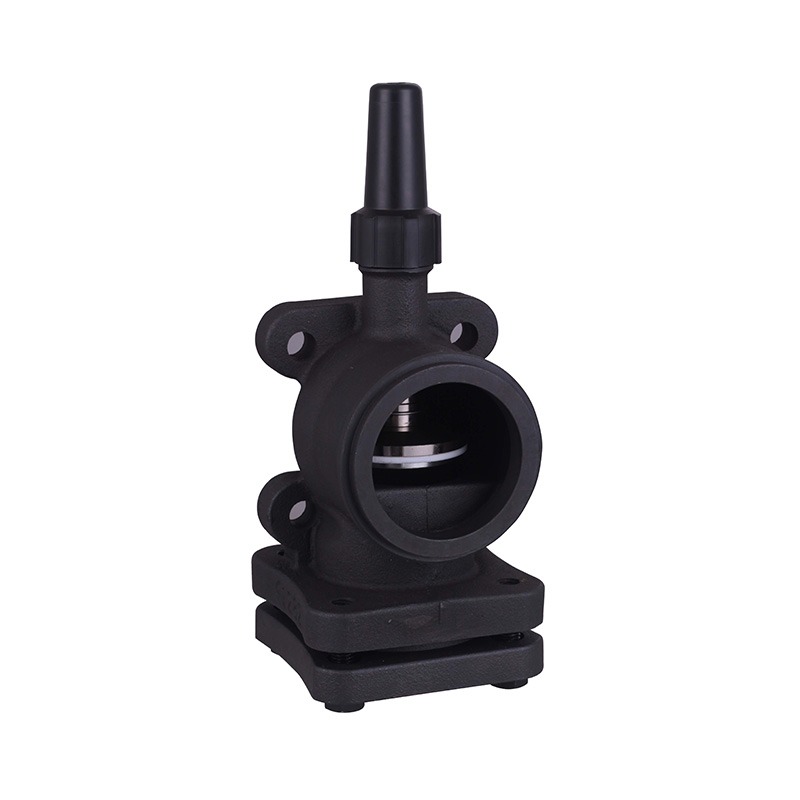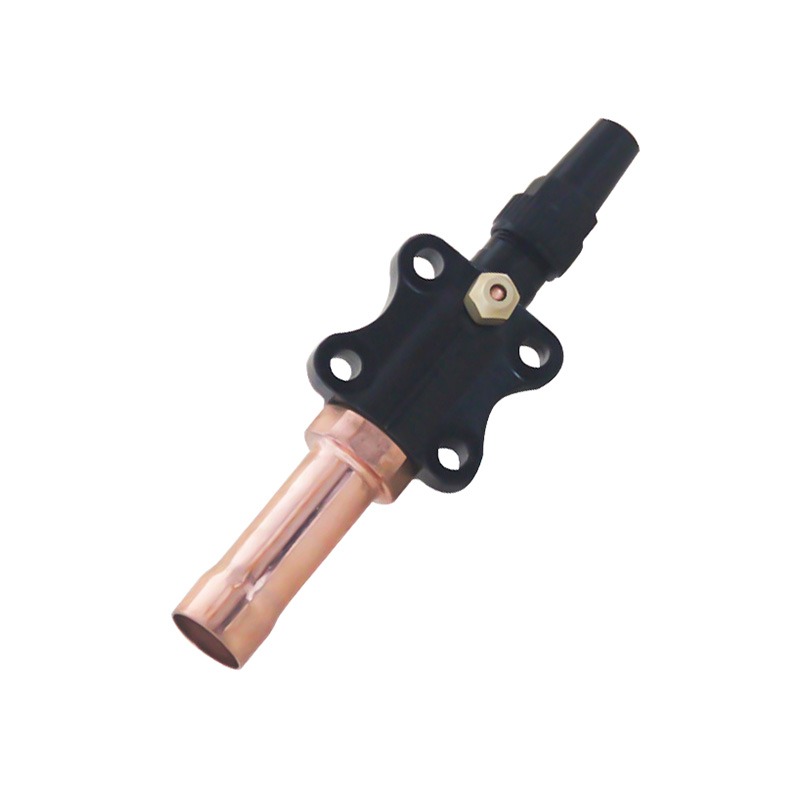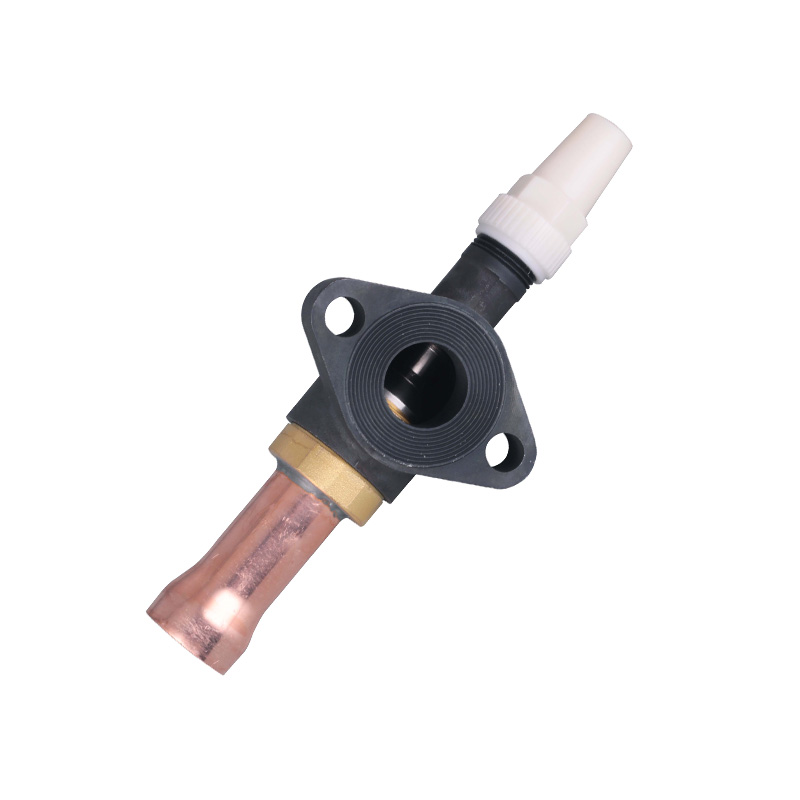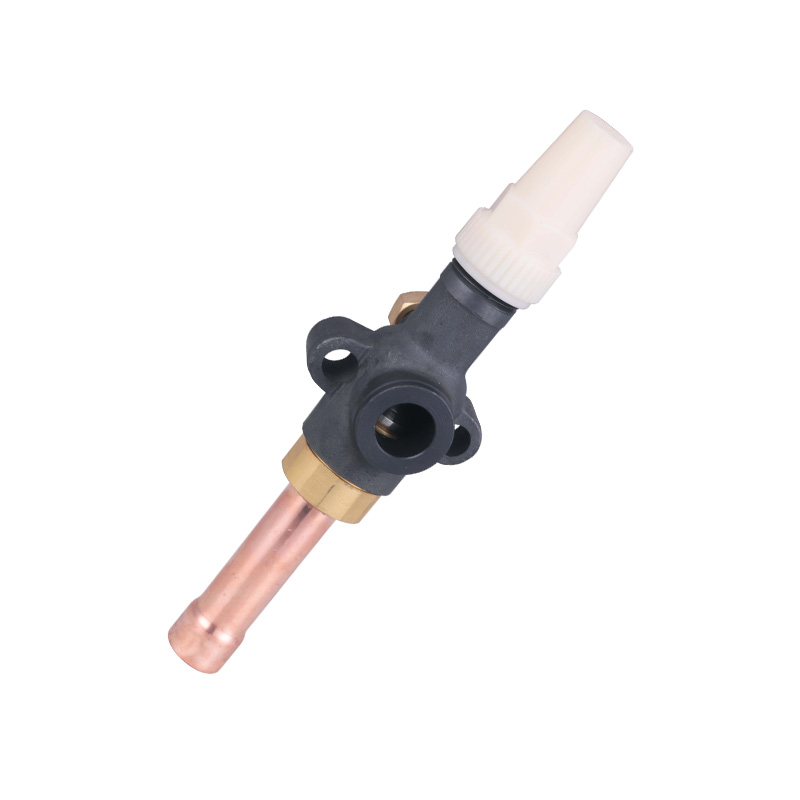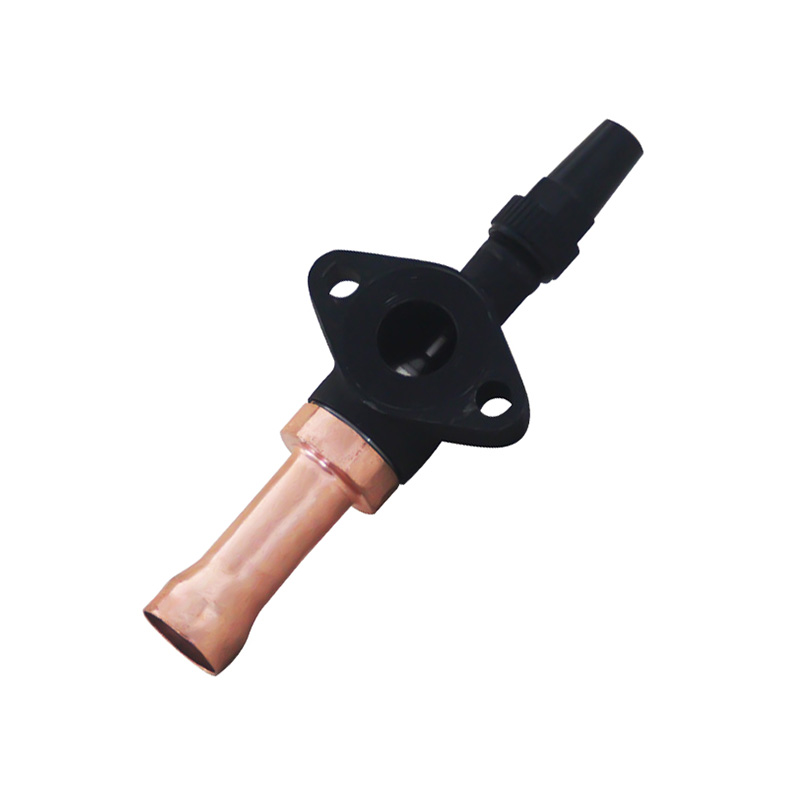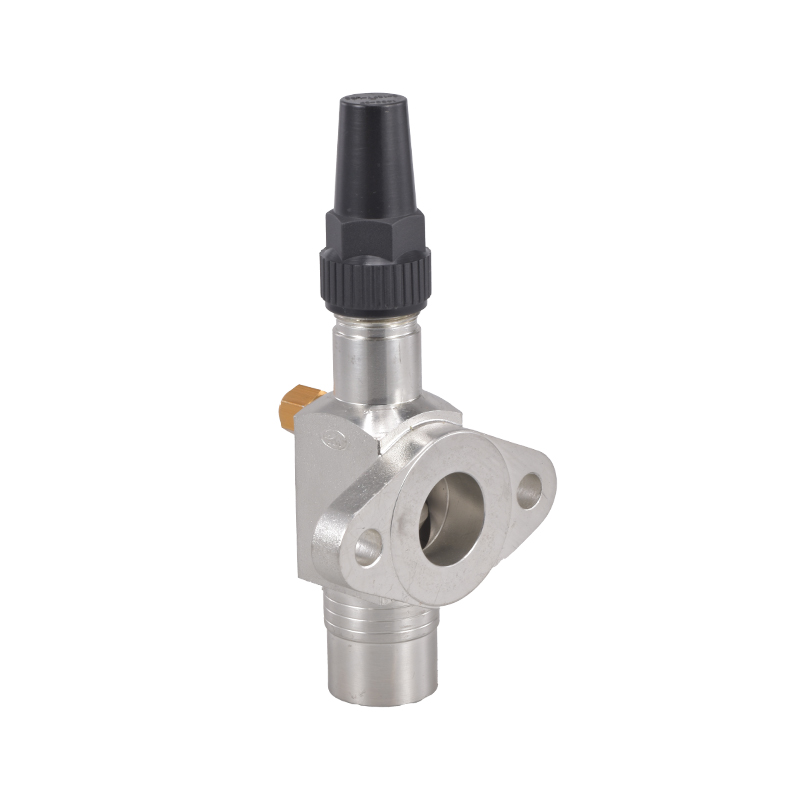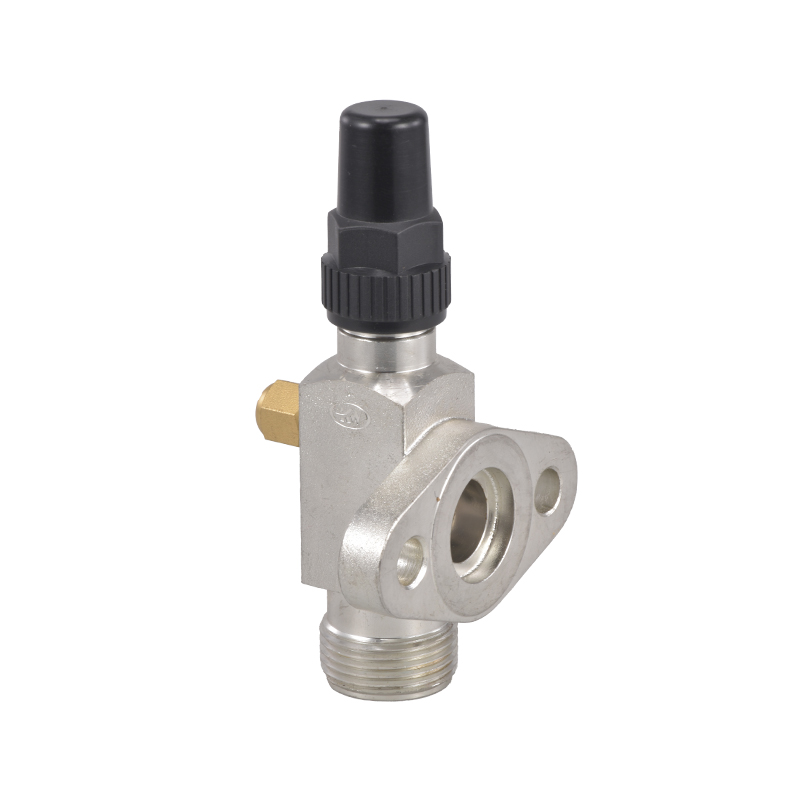What Are the Key Differences Between Socket Weld and Threaded Ball Valves?
 By Admin
By Admin
In the vast landscape of industrial fluid control, the choice between socket weld and threaded ball valves is a critical decision that can significantly impact the performance and reliability of a system.
The Fundamentals of Ball Valves
Ball valves are widely recognized for their ability to control flow with a quarter turn of the handle, thanks to their spherical closure member. They are favored for their durability, low operation torque, and tight shut-off capabilities. However, the method of connection—whether socket weld or threaded—plays a significant role in determining the valve's suitability for a particular application.
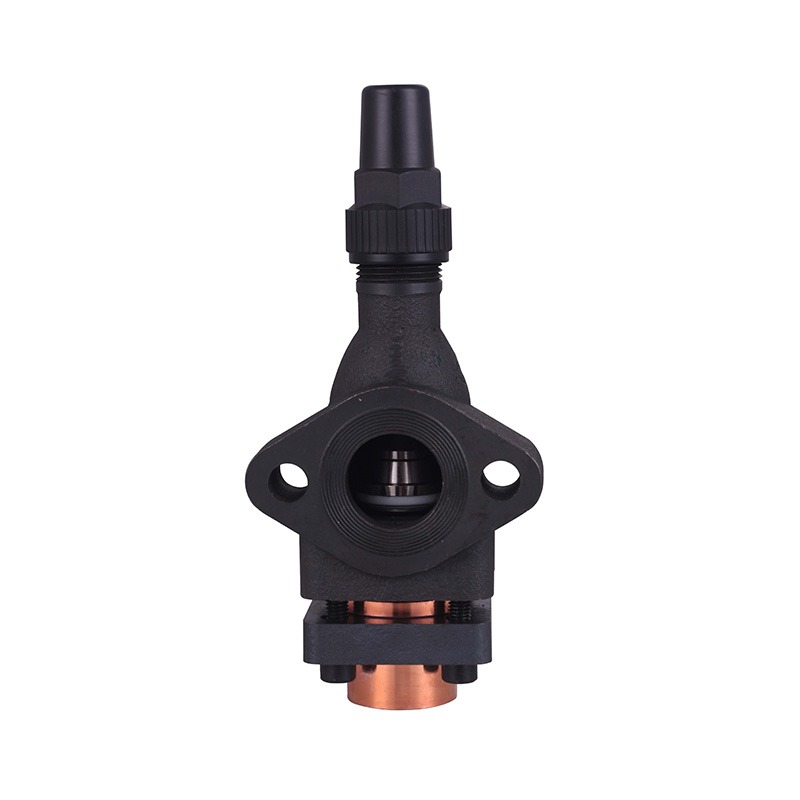
Socket Weld Ball Valves: Precision and Durability
Socket weld ball valves are known for their robust construction and precision fit. These valves, which include carbon steel socket weld ball valves, are designed to provide a secure, leak-proof seal through a socket that is welded to the pipe. The welding process creates a strong bond between the valve and the pipe, making them ideal for high-pressure and high-temperature applications where reliability is paramount.
The socket weld ball valve's design ensures that the entire surface of the socket is welded to the pipe, creating a seamless and durable connection. This type of valve is often preferred in chemical processing, oil and gas, and other industries where the integrity of the fluid path is non-negotiable. Carbon steel socket weld ball valves, in particular, are valued for their strength and resistance to corrosion in certain environments.
Threaded Ball Valves: Versatility and Ease of Installation
On the other hand, threaded ball valves stand out for their versatility and ease of installation. These valves are connected to the pipeline through threaded ends, which allow for quick assembly and disassembly without the need for welding. This feature makes threaded ball valves a popular choice in applications where frequent maintenance or system changes are anticipated.
While threaded ball valves may not offer the same level of leak-proof integrity as socket weld counterparts, they excel in applications with lower pressure requirements. Their ease of installation and ability to be retrofitted into existing systems without extensive modifications make them a cost-effective solution for many industrial processes.
Comparing Butt Weld Ball Valves to the Others
Butt weld ball valves are another variation that deserves mention in this comparison. These valves are connected by melting the ends of the pipe and the valve body together, creating a weld that is as strong as the pipe itself. Butt weld ball valves are often used in high-pressure applications where high level of integrity is required, and they share some characteristics with socket weld ball valves, such as the need for welding expertise for installation.
Choosing the Right Valve for Your Needs
The decision between socket weld and threaded ball valves, including butt weld ball valves, hinges on a variety of factors, including the specific requirements of the application, the materials involved, and the operational environment. Socket weld ball valves, including carbon steel socket weld ball valves, are preferred for their strength and leak-proof performance in high-pressure and high-temperature scenarios.
Threaded ball valves offer the advantage of easy installation and flexibility, making them suitable for applications with lower pressure demands and where maintenance or system changes are frequent. Butt weld ball valves provide a high level of integrity for critical high-pressure applications. Understanding these differences is essential for specifying the right valve type to ensure the safe and efficient operation of fluid control systems in any industry.




 English
English русский
русский Deutsch
Deutsch
